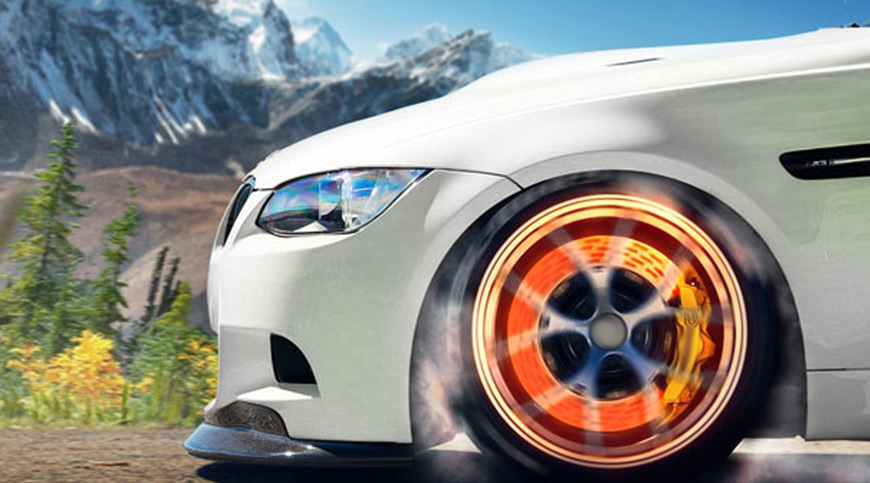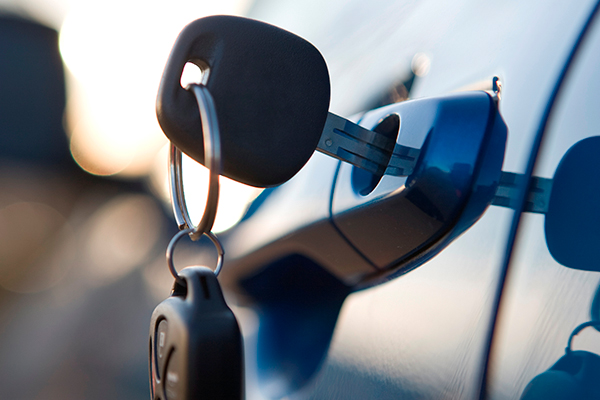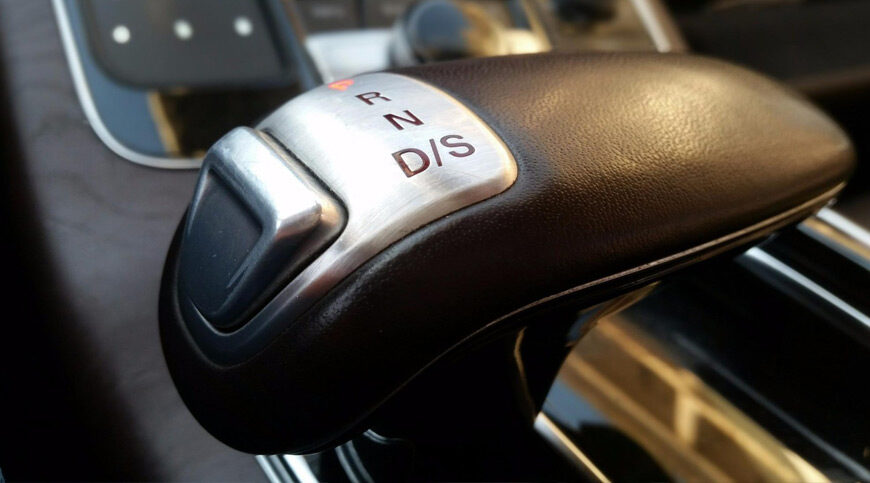During winter school cancellations, it’s important to find something to do. Just sitting at home doesn’t get anything accomplished, and there are always adventures to have. Of course, you also want to be safe during those adventures, which is why it’s so important to be a good driver.

During winter school cancellations, it’s important to find something to do. Just sitting at home doesn’t get anything accomplished, and there are always adventures to have. Of course, you also want to be safe during those adventures, which is why it’s so important to be a good driver. If you’re thinking about getting your learners permit, provisional license, or Maryland driver license, winter school closings can be a good time to focus on those things.
Those times are also great for taking a driver education class if you’ve received a traffic ticket you need to take care of. The more you get done during winter school cancellations, the more prepared you’ll be when school resumes and you have more things you need to do each day.
The Myths of Winter Driving
While you’re learning about winter driving, be sure to consider some of the myths you’ve been taught about cars and cold weather. For example, you don’t need to let your vehicle warm up before you drive it. That won’t protect the engine, or make any real difference in how the car operates. While warming up the inside of the car might be nice, you’re really just wasting gasoline.
Another debunked myth is that you don’t want to use hot water to take that ice off your windshield. You can risk the glass cracking and even shattering. It’s tempting, especially when you’re in a hurry, but it’s better to scrape the ice off the windows, rather than pour water on them.
Surviving Winter Weather
Getting your permit or license can mean the opportunity to get winter driving experience. You want to do that safely, of course, so you’ll need to focus on how to drive in snow and other types of inclement weather. The State Highway Administration provides some great tips for snowy weather driving. These include:
- buckling up,
- taking extra time getting to your destination,
- increasing your following distance, and
- staying off the roads as much as possible.
If you don’t need to be out, you really should just stay home.
If you do have to drive in inclement weather, focus on the road. Don’t talk or text on your phone, and keep the radio volume low. Make sure the windows are clear, so you can see as well as possible. Have a winter driving kit with you and keep your car full of gasoline. If you get stranded or stuck, stay with your vehicle. Getting your permit or license is a big deal, but it’s important to remember that it doesn’t mean you’ve learned all you need to know. There’s still a lot to learn once you pass the minimum requirements to get on the road.
Winter school cancellations are the perfect time to get your permit, provisional license, or driver license. Then you can get some practice driving in winter weather. You have to learn sometime, and it’s hard to simulate winter driving conditions during the summer months. While you want to go slowly and make sure you have someone to help you, the only way you’ll get good at winter driving is to practice.






